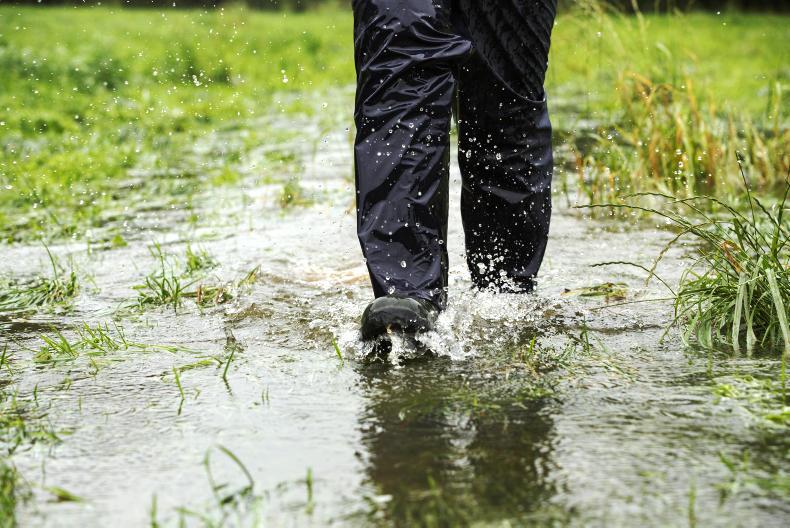The dry week of weather that normally comes at some stage in the autumn is yet to materialise, and there have been very few opportunities to get crops harvested, grass cut or slurry out since the middle of July.
While prices are generally ahead of previous years, and direct payments will be up due to weaker sterling against the euro, it doesn’t compensate for the recent poor weather.
For those farms running tight for silage, the first thing that should be done is to get rid of unproductive or underperforming stock. Where grass is still to be cut, ideally it would be removed before the end of the month. But younger and lighter swards should survive the winter OK, as long as they are cut as early as possible in the spring, to stimulate new growth. It might be a better option than doing a lot of damage with machinery now.
Of course, the other big problem on farms is slurry, and it is no surprise there has been a string of calls wanting the 15 October deadline to be extended.
In one regard, the folly of the deadline is highlighted over the past couple of weeks as some push on with spreading slurry just to get it out in time. Surely it would be better to wait for a dry spell, whenever it comes.
However, in NI, we have the concept of ‘‘reasonable excuse’’, which allows farmers to spread during the closed period under certain conditions. If ever there was a ‘‘reasonable excuse’’, it is this year.
While there is no need to notify DAERA or the NIEA, a farmer could be subject to inspection, and asked to prove they had no other option. That seems a rather pointless ask, and a dose of common sense is required from inspectors this winter. Farmers must also play their part – only spread what you have to (to get to 31 January 2018), keep off steep land, well away from watercourses and wait for a dry spell.






 This is a subscriber-only article
This is a subscriber-only article










SHARING OPTIONS: